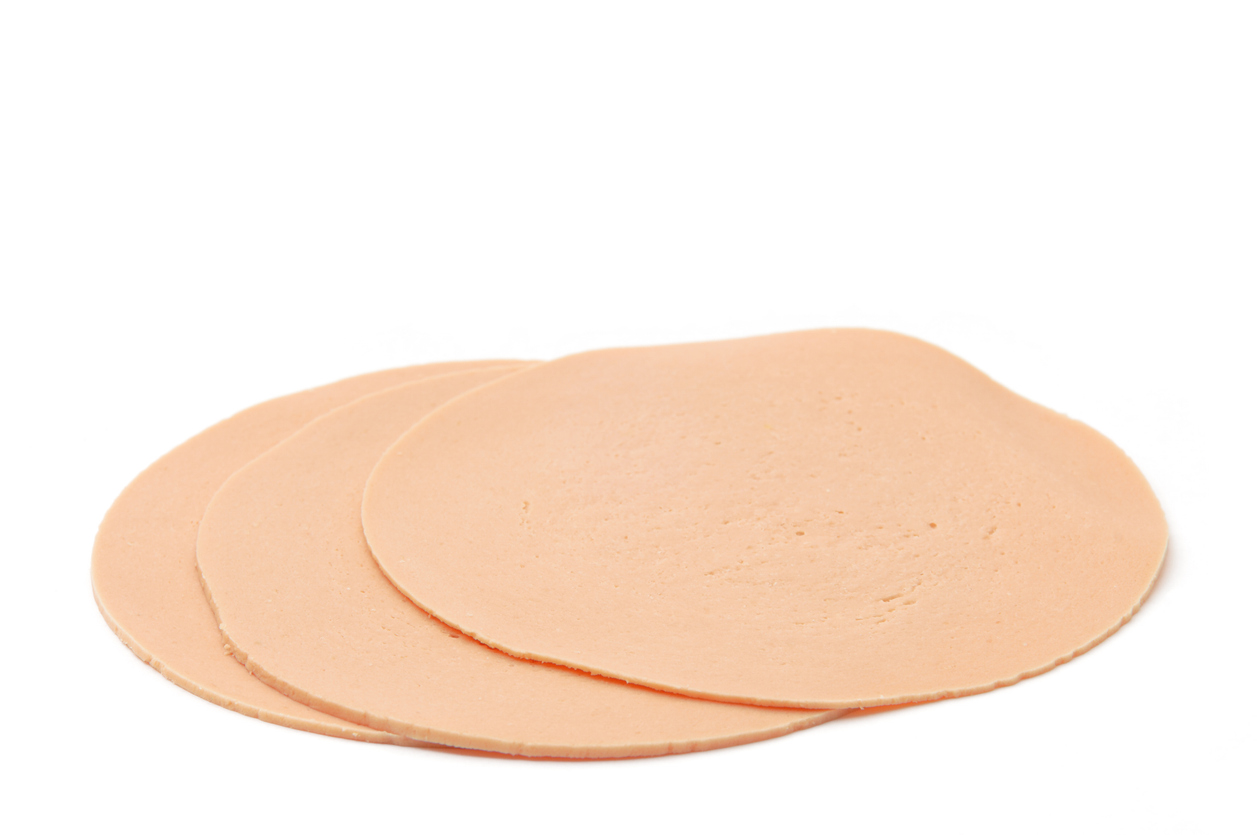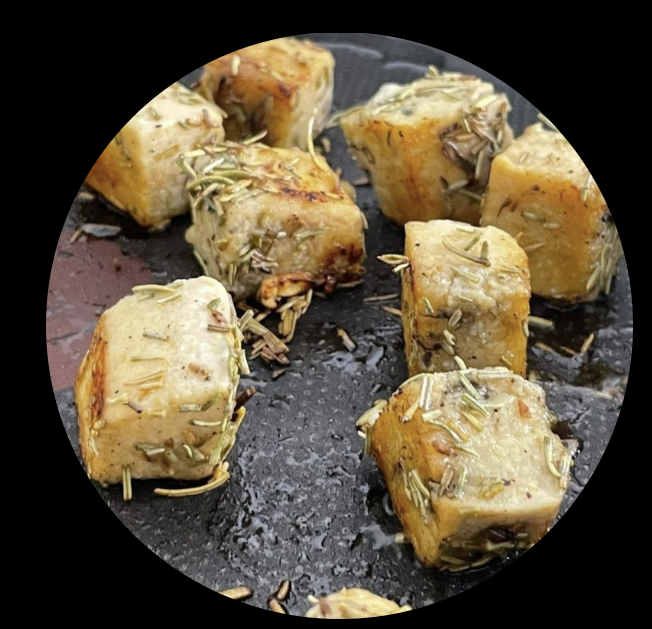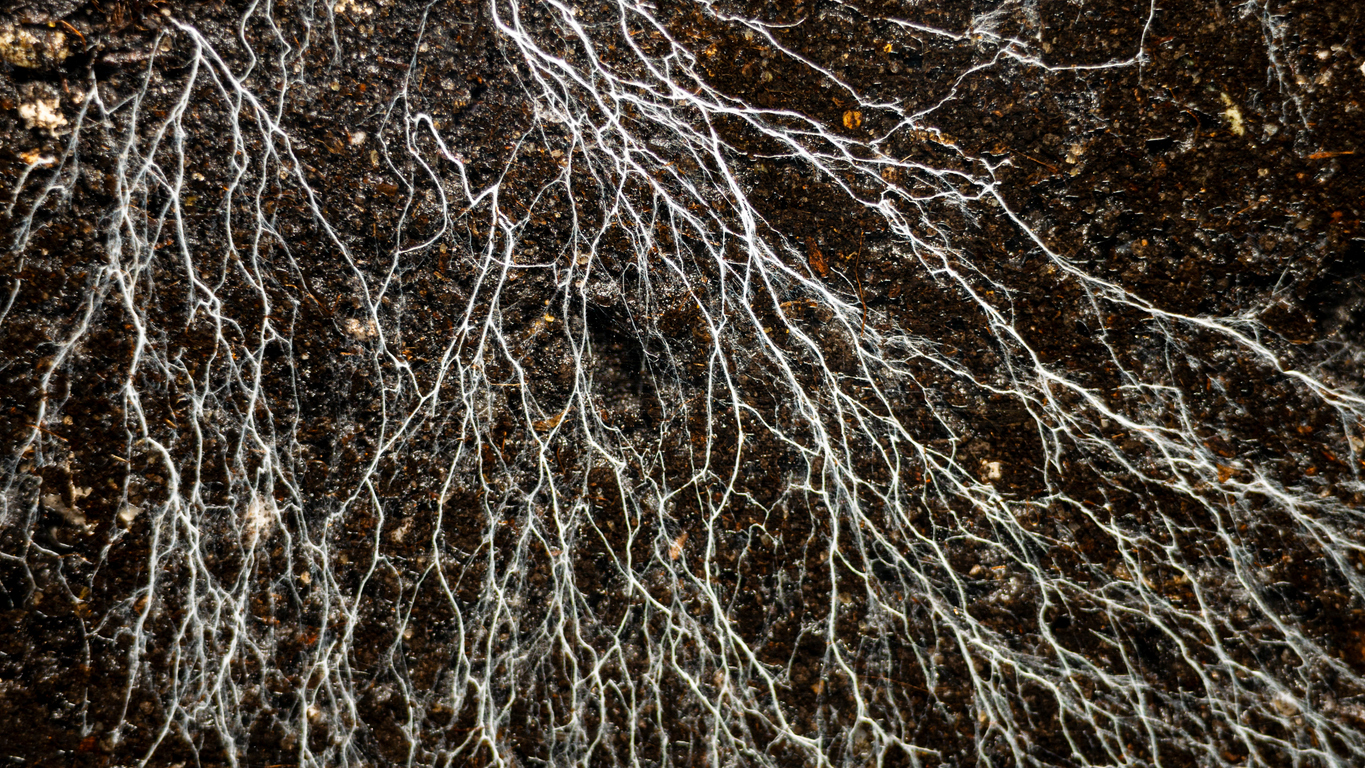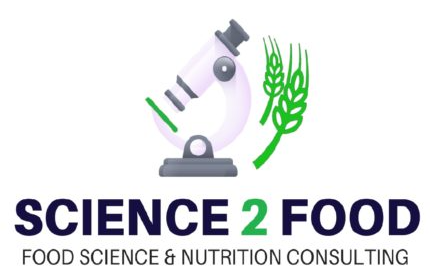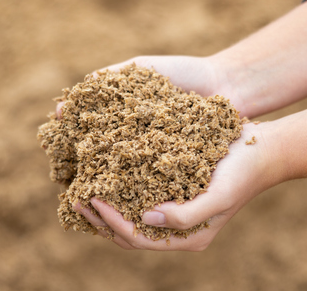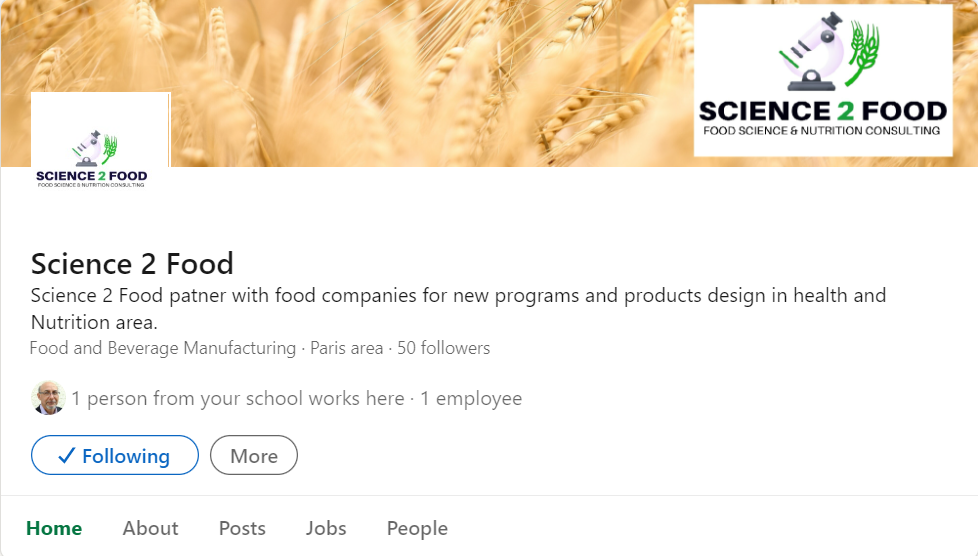Mycelium

Among the alternatives to meat, Mycelium is increasingly cited. But what are we talking about?
The mycelium is the set of filaments that make up the vegetative part of mushrooms. This is also known as “white felting”, which for forest fungi, are found in the soil. A simpler image can be given by the rind of the Camembert, where a filamentous fungus covers the surface of the cheese with a dense white mycelium.
In Asia, traditional soy fermentations are carried out with filamentous fungi to give products such as tempeh that are textured, that can be cut into slices, that are cooked to enhance dishes.
The main interest of these mycelium cultures is to provide an important source of protein. This is called mycoproteins.
Even if there are companies like Meati in the United States that use liquid fermentation (in stainless steel tanks as for yogurt), solid fermentation is often used. There are several techniques, but the simplest, to visualize, consists of a tray on which a thick layer of filamentous fungi will ferment in an oven a vegetable source (legume, cereal, other) to give a solid, portionable product that is easy to use in cooking. After cultivation, a structured product is harvested in the form of a thick film with the texture of meat without always having the taste or smell of meat. To do this, you often have to go through natural coloring and flavoring.
Quorn, a pioneer in the 1980s in the United Kingdom, offers a “mycoprotein” in many forms for food.
Today, companies such as Mycelium Technologies offer mycelium fillets (by analogy with meat fillets). These nets are used by chefs as well as by food companies. Other players include My Forest Foods in the USA, Maia Foods in Canada, Mush Foods in Israel and Bosque Foods in Germany. In France, Fungu’it grows mycelium to offer ingredients for food processing.
The Swedish start-up Millow recently launched the world’s first oat and mycelium-based protein factory, with beef-like products, without additives, (commercialization planned for the end of 2025). This innovation responds to the growing demand for sustainable and minimally processed proteins.
One of the arguments put forward lies in the fact that the production of mycoproteins is much less energy-intensive than that of animal proteins.
One of the challenges that is now recognized is the improvement of production costs on an industrial scale.
planet.
